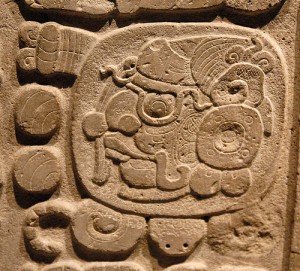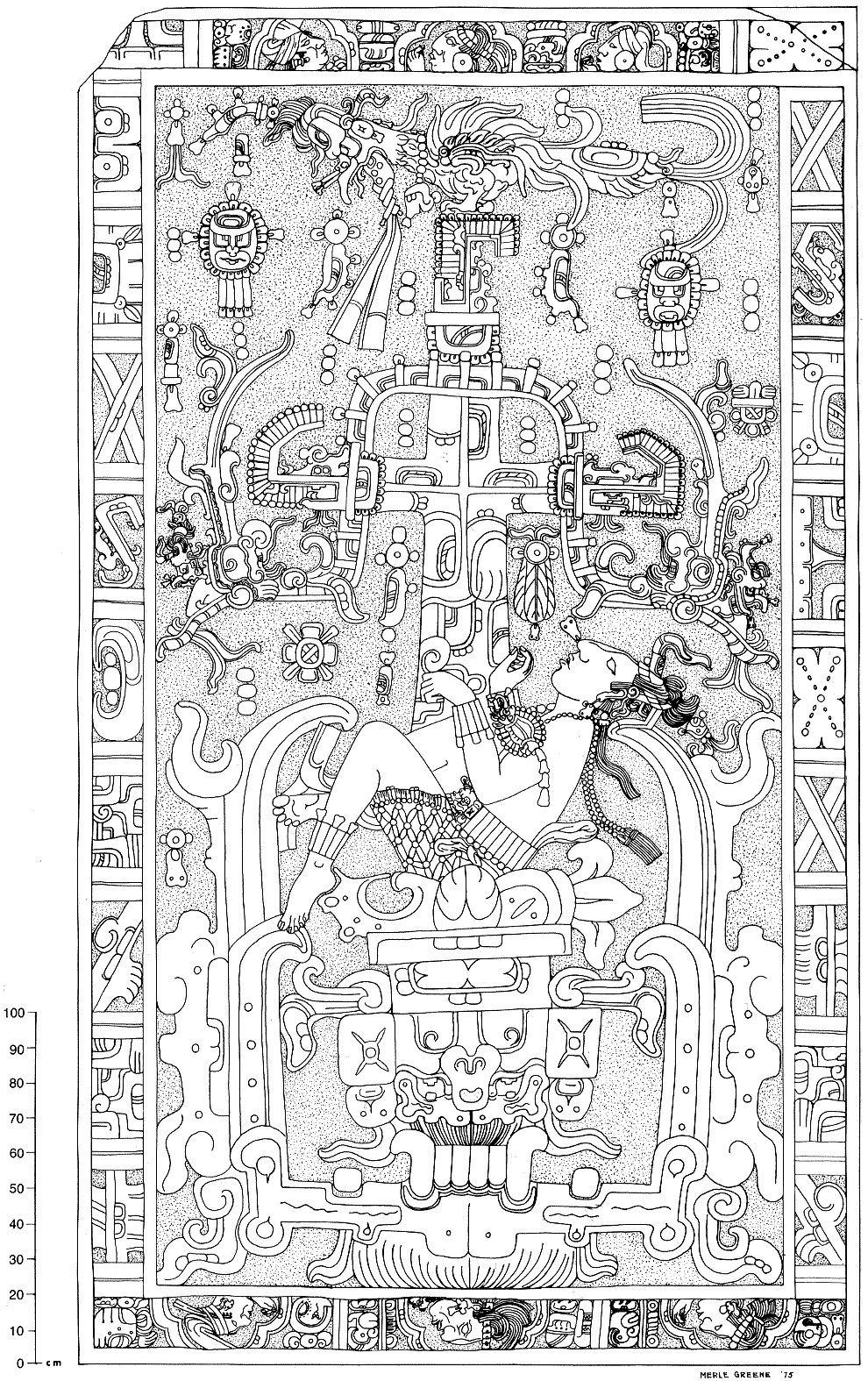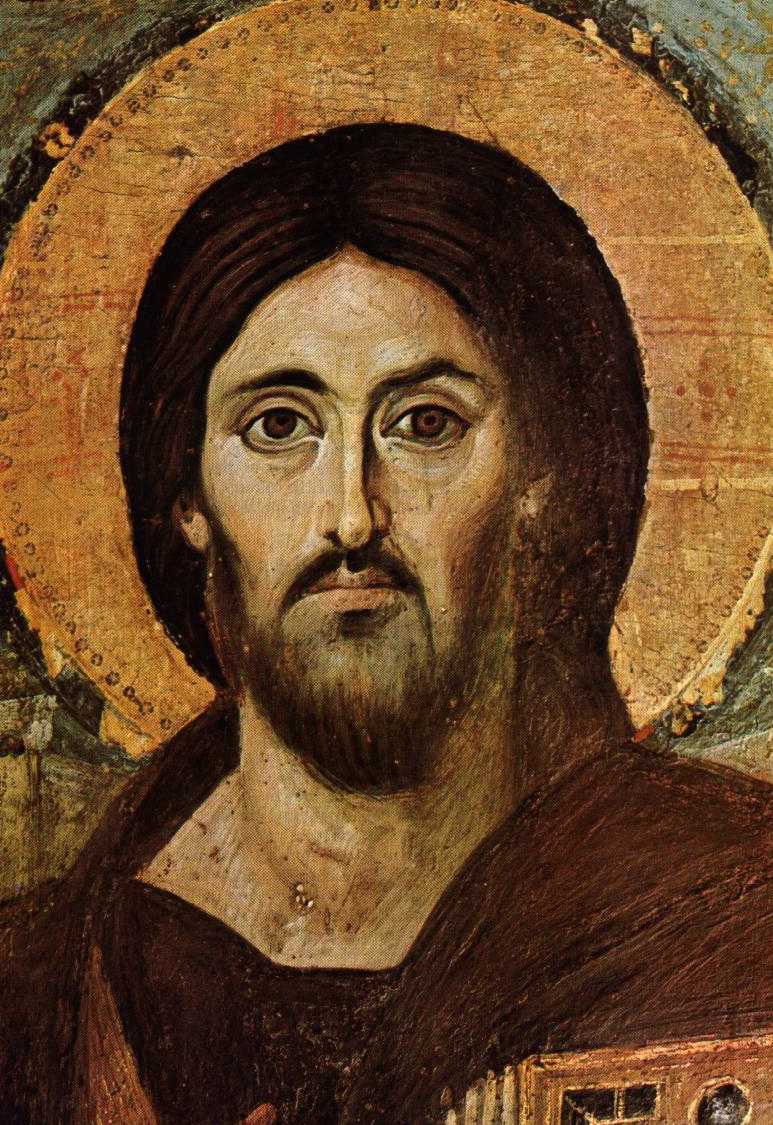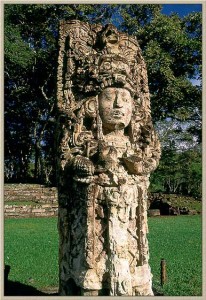“Have Ye Received His Image in Your Countenances?”
Alma 5 – 7
Alma chapter 5 contains over 40 questions. What impact does Alma2 have as a teacher by asking so many rhetorical questions?
Alma2‘s Sermon at Zarahemla: Alma chapter 5
In this sermon (presented by Mormon as a primary text), Alma2 employs an interesting technique. He has the congregants remember the past, look to the future, and then focus on the present.
Remember the Deliverances of Your Fathers: Alma 5:1-13
5:7 “..bands of death..” This phrase occurs 12 times in the Book of Mormon. It is first introduced by Abinadi, who employs it 5 times. It then occurs three times in Alma 5. Comparing Abindi’s passage with Alma2‘s shows Alma2‘s citation follows Abimadi’s formulation more than anything in the New Testament (see 1 Corinthians 15:53-54)
5:10-13 compare with 2 Nephi 25:23 Alma2 seems to view works as coming from faith and it is faith in God that saves.
Imagine the Judgement Day: Alma 5:14-25
5:15 “..corruption..incorruption..” This phrase occurs six times in the Book of Mormon, but only Alma2 and Abinadi add “moral/immortality” corollary and Mosiah 16:10 & Alma 5:15 are the only ones in the Book of Mormon that add the specific wording of standing “before God” to be judged.
5:20 compare this to vs. 12 One is yielding themselves to God while the other yield themselves and “become[s] subject to the devil.”
5:22 Why would Alma2 pick murder as the sin that would testify of the church’s wickedness? Seems a bit extreme – especially in light of the fact that he is speaking to (and in) the church at Zarahemla (see vs. 2). Are the members of the church really going around killing people?
5:25 God in Christianity is immutable. He is not going to change the rules at the end and say, “Just kidding! You actually were supposed to rape and plunder.”
Repent and Prepare: Alma 5:26-32
5:27 compare with 5:21 Christ’s blood cleanses from sin. The blood on our metaphorical garments condemns us.
In vs. 27 Alma2 starts with a very broad question and then subsequently becomes more specific with his questions in the subsequent verses.
Hearken to the Call of the Good Shepherd: Alma 5:33-42
5:33 Here the God that was presented earlier as a God of judgment, is presented as a God of mercy.
5:42 “…as to things pertaining unto righteousness, being dead unto all good works.” Is Alma2‘s claim that good works can only be done by the righteous?
Alma2‘s Testimony: Alma 5:43-49
5:46 We don’t have the record of when Alma2 “fasted and prayed.” The impression has always been given that his conversion came through his un-asked-for interaction with an Angel.
5:49 “..born again.” Alma2 is clearly referring back to his conversion and is borrowing language from it. (Mosiah 27:25)
5:50,51 “..shall very soon shine forth among all the children of men..” It is unclear if this post-resurrection appearance will occur in the Old or New World.
The Words of the Spirit: Alma 5:50-52
In vs. 45, Alma2 tells us that truth can be known through the Holy Spirit. Because truth can come via that metaphysical route, he can then draw on it to show that the people of the church need to repent (vs 50).
To Those Who Persist in Wickedness: Alma 5:53 – 56
5:53 Alma2 points out that it is not he (Alma) who is being rejected if they rejects his words; it is Jesus that is being rejected.
“Yea, will ye still persist in the waring of costly apparel..?” Again we see this obsession with costly apparel
The Maya believed that clothing could transform a person and a person could transform the garment and is expressed through it, so naturally clothing was of great cultural significance. They would often make textiles to enhance religious power; the most common way of doing this was dressing for the maize gods. Women and men would wear a net overskirt made of jade, the color of life, which represented their high place in society. In order to dress as a maize deity and manipulate the regeneration of the maize plant they would weave serpents onto huipils to symbolize lightning. The lightning god is the god believed to have created maize on the top of Mt. Sustenance. Mayan elite would also wear a shark shell belt and a jade-netted collar to the maize deity costume. Other significant costumes consisted of wearing many quetzal and eagle feathers on headdresses to represent and elite’s power in blue and green tones, which represented the fifth direction, the center of celestial, terrestrial and the underworld levels of the cosmos. Kings would also wear jaguar skin skirts, which signified their connection between the sky and the earth. (http://en.wikipedia.org/wiki/Maya_textiles)
Beauty was a way to display social, if not moral, value among the Maya. The wealth they invested and pain they endured to create bodies that reflected their social beliefs make our modern-day obsession with beauty seem less excessive (http://www.archaeology.org/0901/abstracts/maya.html)
5:54 Can good works bring about forgiveness? Alma2 alludes to that being a possibility (” ..works which are meet for repentance..”)
To Those Who Desire to Follow the Good Shepherd: Alma 5:57 – 62
5:57, 58 “..the names of the wicked shall not be mingled with the names of my people; for the names of the righteous shall be written in the Book of Life, and unto them will I grant an inheritance at my right hand.” It is unclear from where Alma2 is quoting.
5:62 It appears that the “church” building in which Alma2 was preaching contained both members and non-members of the church.
The Church in Zarahemla: Alma 6:1 -6
5:5 Here we get one of Mormon’s editorial interruptions that Grant Hardy calls an explanatory detail.
Alma2 Travels to Gideon: Alma 6:7, 8
His sermon in Gideon is the only docurment from Alma2‘s hand in which he does not urge his listeners to remember the captivity of their fathers. Perhaps it does not need mention since they are living in a city named for the martyred hero most responsible for the deliverance of the Zeniffiet colonists from bondage (Mosiah 22; Alma 1:8)
6:7 “..city of Gideon..” Why was the city not mentioned in earlier chapters? Was it recently built? Was it an omission by Mormon because it was not of importance to the narrative at the time?
“Valley of Gideon”
This name is never used directly by Alma. It is used only by Mormon. Everyone within the sound of Alma’s voice would have been very familiar with the recent horrific events, and many may have been directly affected by them. It is an indication of Alma’s sensitivity that he does not mention such things directly. Mormon, not wanting to spoil the effect, also refrains from explicit comment, though the multiple references to the Valley of Gideon should be enough to remind alert readers what was at stake in this delicate visit, fraught with political meaning, to a people still in need of spiritual assurance and healing. Mormon’s subtle employment of the phrase sets up a resonance between a primary source and its broader historical background. As we have seen, the documents that Mormon inserts into his history can offer significant clues as to his intentions and sensibilities, but the way he integreates these sources can also reveal both his mind and his command of his material. (Grant Hardy, Understanding the Book of Mormon, a Readers Guide, pg. 15,151)
Alma2‘s Sermon at Gideon: Alma 7
Alma2‘s Hopes for the People of Gideon: Alma 7:1-6
Again, Mormon interrupts his abridgment to quote directly.
7:1 “..in my language..” This is an odd thing to say unless Alma indeed speaks a different language than the people of Gideon. During this time period (80BC) there would have been at least five Mayan dialects spoken. Furthermore this is not the first time Alma2 has been in the area. It was in the Valley of Gideon that Alma led troops in the most significant battle of the Amlicite Rebellion. (Alma 2:16-20, 26-38)

Although a single prestige language was by far the most frequently recorded on extant hieroglyphic texts, evidence for at least five different varieties of Mayan have been discovered within the hieroglyphic corpus
7:2 “..the Lord in much mercy hat granted that I should come unto you..” Alma2 may have had in mind a very specific instance of divine intervention – at the moment he had fought face-to-face with Amlici, somewhere near the valley of Gideon, he had prayed saying, “O Lord, have mercy and spare my life, that I may be an instrument in thy hands to save and preserve this people” (Alma 2:29,30)
7:3,4 Apparently the church in Zarahemla was in an “awful dilemma.” For that reason Alma2‘s preaching done so in a very strong, plain manner.
7:5, 6 Is this laundry list of sins given because they were the very transgressions that caused problems for the church in Zarahemla?
Alma2 Testifies of Christ: Alma 7:7 – 13
7:8 Here Alma2 states he does not know of Jesus will come to the New World although later (Alma 45:10) he does receive a revelation that Jesus will come visit the Americas.
7:10 Jesus was born in Bethlehem, not Jerusalem. This would have been know by Joseph Smith. So, why is it in the Book of Mormon?
7:12 Here is Mormon theology at its finest. It takes the atonement of Jesus and gives it more purpose. “that he may know according to the flesh how to succor his people according to their infirmities.”
This also contains a chiasmus:
a)And he will take upon him their infirmities, that his bowels may be filled with mercy,
b)according to the flesh
b)that he may know according to the flesh
a)how to succor his people according to their infirmities
7:13 “Nevertheless” is usually used to contrast two different things. What is Alma2 contrasting “the Spirit (it’s in capitals)” with?
Repent and Be Baptized: Alma 7:14-16
7:14 “…Born again…” Once again we see Alma referring to his own conversion narrative (Mosiah 27:25).
“..the Lamb of God..” This phrase also occurs in Nephi’s writing 31 times and once in Mormon’s writings (Mormon 9:2,3)
7:15 Why do they have to be baptized if they are already members of the church?
Alma2‘s Hopes Fulfilled: Alma 7:17-21
7:19 If Alma2 perceives that the church in Gideon is “in the paths of righteousness” why did he tell them in vs. 14,15 to be “born again” & to be baptized?
Alma2‘s Concluding Exhortation and Blessing: Alma 7:22-27
7:22 What is the “holy order of God” to which Alma2 keeps referring?
7:23 Compare the injunctions that Alma2 gives to the church in Gideon with those he give to the church in Zarahemla (Alma 5:53-55). It sound like the church in Gideon just needed some “fine tuning.”
7:27 compare with 7:1 (“first time that I have spoken unto you”) and with Alma 3:2 It is a striking reversal when Alma closes his sermon at Gideon with this invocation, “May the peace of God rest upon you and …your women and your children..” for in Alma 3:2 it records, “..many women and children had been slain with the sword, and also many of their flocks and their herds; and also many of their fields of grain were destroyed.”

Lid to sarcophagus at Palenque in the Temple complex. Notice the plant in the shape of a cross. Some have attempted to use this as an argument for Christian influence in pre-Columbian Mesoamerica. Sorry to say, it just doesn’t work. I put this up because I promised Brent Perkins I would! It has nothing to do with the lesson. It looks cool though, doesn’t it?








As a dentist, I would discourage people from filing down their teeth and placing gems in them, from a medical and moral standpoint. 😉 Also, you say, “The wealth they invested and pain they endured to create bodies that reflected their social beliefs make our modern-day obsession with beauty seem less excessive” I would argue that we are the same in our society today. Have you seen the pain and discomfort that people endure after their cosmetic surgeries? They are miserable, and why? All in a pursuit of “beauty”. I don’t even think they look that much better most of the time. Also, the amount of money we as Americans spend on cosmetics is mind boggling. In fact, we as Utahns are not exempt from this either. A couple of years ago Forbes magazine did a study to find which metropolitan areas were the most vain, i.e. spent the most money per capita on cosmetics, cosmetic surgeries, and fashion. The Salt Lake metro area ranked #1. As much as Mormon’s refuse to admit it, the pride of wealth, fashion, fine clothing, and pursuit of beauty is very much a problem for Mormon’s today.
On a different note, I do find it very interesting how little we discuss the implications of Alma 5:46 as a church. We often look to Alma’s quick conversion but never talk about how he himself says that much fasting and prayer was required.
Cody,
A total side note. Paul said that on his browser the font of the post is all screwed up. It looks fine on mine here in Oregon. Does it look screwy on yours?
It looks fine on mine.
Yes, very cool. Thanks for posting it.